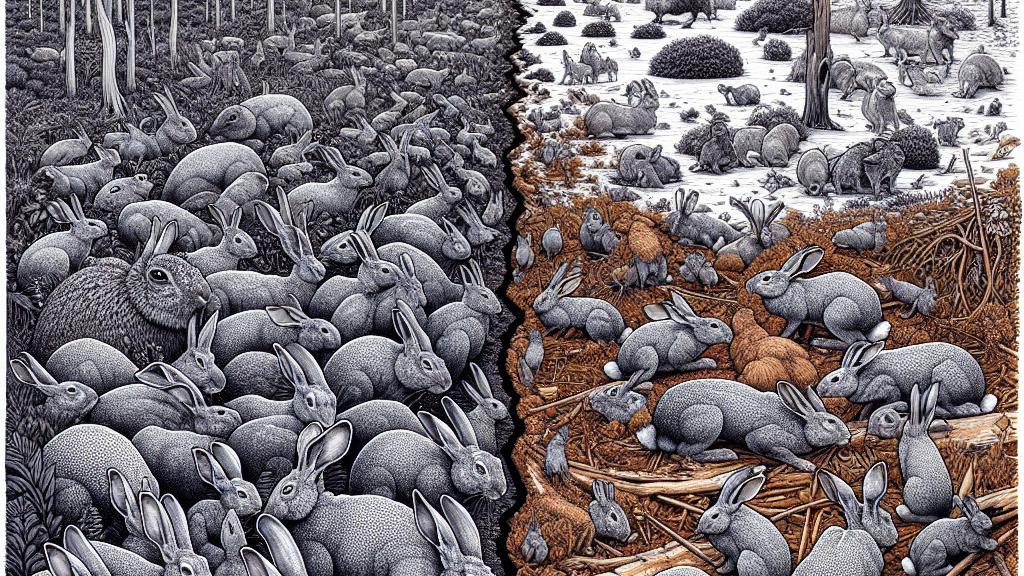Understanding the Risks of Invasive Species in Nature
Overview
- Invasive species threaten local wildlife and disrupt ecosystems.
- Paradoxically, many invasive species are endangered in their native habitats.
- Conservation strategies must navigate the delicate balance between protection and control.

The Paradox of Invasive Species
Invasive species embody a fascinating yet troubling paradox in ecology. Around the globe, such as in Australia, invasive species like wild rabbits can wreak havoc, competing with native wildlife for vital resources. This competition can lead to significant declines in local species. However, it’s crucial to recognize that many of these invasive species are themselves endangered in their native habitats. Take the case of the European wild rabbit; it flourishes in Australia, but it faces serious survival challenges back in Europe due to habitat destruction and overhunting. This raises an essential question: should we protect these invasive populations thriving abroad, or focus our efforts on controlling them to preserve the original ecosystems they threaten? The answer isn't simple, as it requires careful consideration of ecological impacts, ethical implications, and the broader narrative of biodiversity.
Evidence of Endangerment
Recent studies have unveiled shocking findings—around 36 non-native mammal species are facing extinction in their original habitats while seemingly thriving in new environments. For example, the crested macaque has suffered an alarming 85% population decline in Sulawesi, Japan. In contrast, stable populations exist on surrounding islands, showcasing a surprising adaptability. This scenario complicates our understanding of conservation. Rather than strictly labeling invasive species as threats, we must explore their complex roles in ecosystems. In some instances, these species can accidentally act as lifeboats for their own populations, helping them avoid extinction while simultaneously challenging native species. Understanding this dual role can help inform better conservation strategies that account for both native and invasive species’ needs.
Challenges for Conservation Goals
The challenges facing conservationists today can be intricate and often daunting. They must carefully weigh the implications of protecting invasive populations against the potential risks these species pose to local ecosystems. Undoubtedly, preserving native species should remain a top priority. Yet, we cannot overlook the fact that some invasive species may contribute to biodiversity in unexpected ways. This ongoing conversation around conservation strategies emphasizes the importance of nuanced evaluations. By tackling the complexities of these dual-edged scenarios, we can develop innovative approaches that benefit all species involved. Ultimately, striking a balance between conservation efforts that prioritize native habitats and practices that recognize the roles of certain invasive populations may pave the way for a more sustainable future in wildlife management.

Loading...